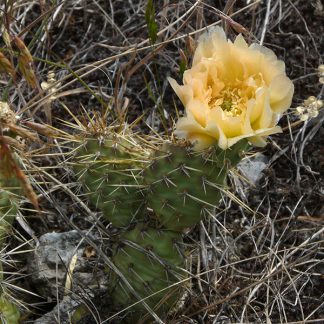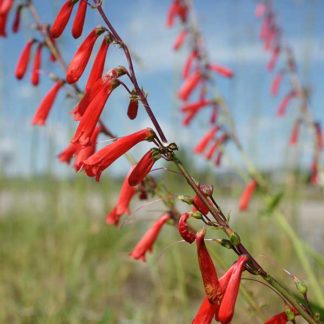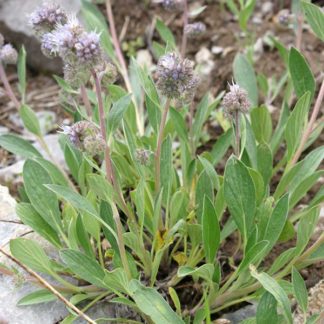drought tolerant
Showing 73–84 of 115 results
-

Opuntia fragilis / brittle pricklypear
- smallest pricklypear cactus; potato-shaped pads
- pads separate with lightest bump
- seldom flowers or fruits
-

Opuntia polyacantha / starvation cactus
- yellow or peach, complex, many-petaled flowers
- large globose, pointed buds with reddish scales
- cactus pads with long or short spines and nasty glochids
-

Oxytropis sericea / white-point vetch
- white "pea" flowers in clusters of up to 25
- banner petal white with purple/blue veins
- hairy, pinnately compound leaves, all basal
- disturbed areas, especially exposed to cold, drought, high light etc.
- pretty, but toxic to grazing animals
-

Packera cana / woolly groundsel
- yellow, daisy-like blossoms with 8-13 ray florets ("petals")
- golden, central disks
- blossoms in flat-topped clusters of up to 15
- mostly basal leaves - unlobed, hairy, ovate, up to 2 inches long
- overall silvery appearance
-

Packera multilobata / lobeleaf groundsel
- deeply lobed leaves, mostly at the base of the plant
- bright yellow daisy-like flowers, 10-30 in a cluster per plant
- orange-yellow disk florets
- woodlands, foothills, and generally dry/ sandy/ rocky places.
-

Paxistima myrsinites / Oregon boxwood
- low shrub
- small, opposite leaves; lightly toothed, leathery, oval
- very early spring flowering
- teeny flowers with 4 red petals, 4 yellow stamens; in clusters
- usually on open, dry, sunny sites or open forests
-

Pedicularis contorta / curved-beak lousewort
- alpine and subalpine habitats
- fern-like leaves at base
- tall, spikey inflorescence
- white flowers with coiled upper beak and flat, 3-lobed lower lip
-

Penstemon eatonii / firecracker penstemon
- roadsides, especially revegetated by DOT
- 2" brilliantly red, tubular flowers
- mostly basal leaves, ovate to lanceolate, leathery
-

Penstemon palmeri / Palmer’s penstemon
- very tall, exposed
- pink flowers with rose/grape scent
- flowers clumped on one side of stem in groups of 4-5
- red "guidelines" (bloody fangs) on lower petals
- stem leaves opposite, clasping, like little boats
-

Penstemon procerus / littleflower penstemon
- low growing in exposed, undisturbed habitats
- tight cluster/whorls of small purple/blue/pink flowers
- tubular flowers, with lips around opening
-

Phacelia hastata / silverleaf scorpionweed
- flowers - dull white-ish/purple-ish, numerous in short, compact, coiled clusters
- stamens extend well past petals
- leaves - basal with prominent veins; usually covered with silvery hairs; usually entire
- multiple flowering stems on a single plant
- in a variety of habitats
-

Phacelia sericea / silky phacelia
- deep purple flowers with really long stamens and orange anthers
- many flowers arranged in a tight coil up to 2 feet long
- silky, divided (fern-like) leaves
- exposed, higher altitude, rocky places; often with sagebrush
Showing 73–84 of 115 results